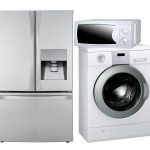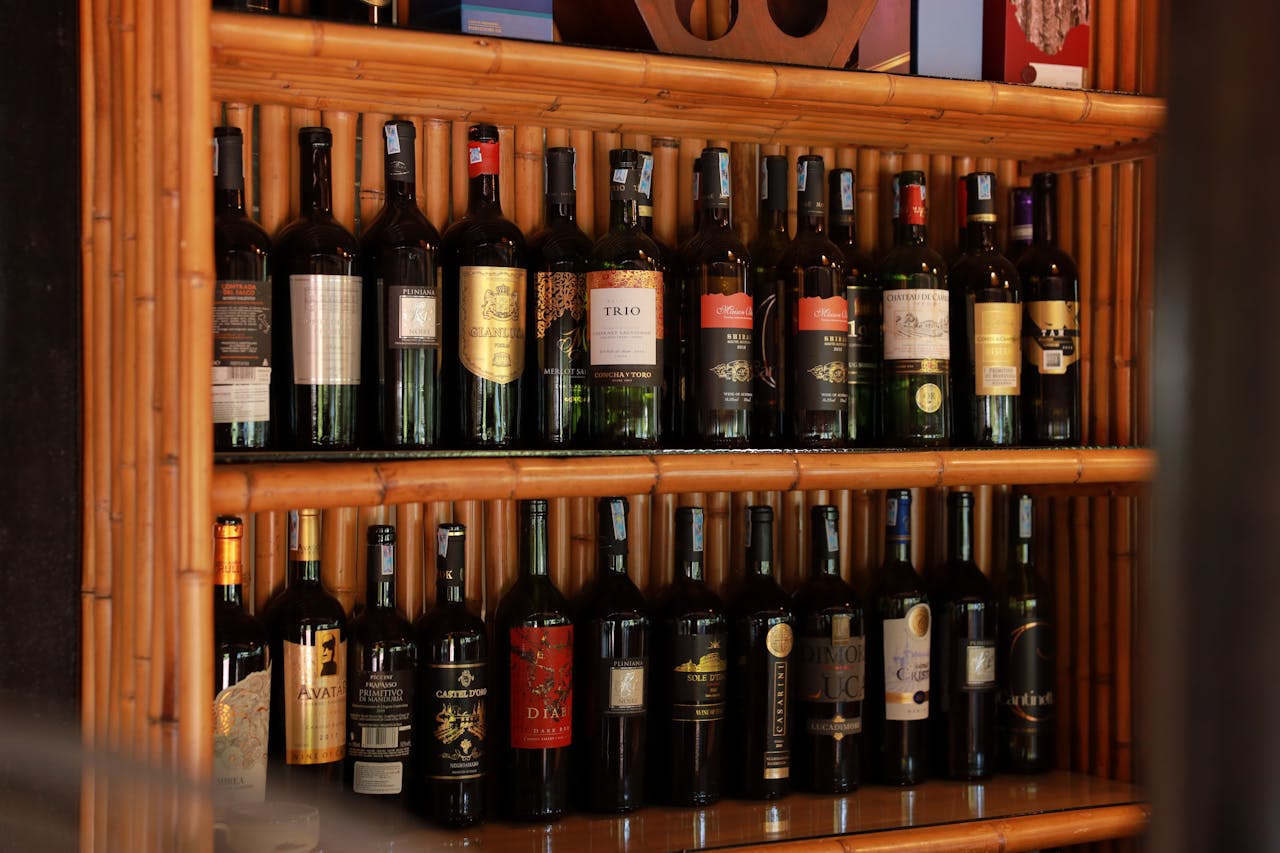Wine, in all its glorious varieties, is a delicious and complex beverage that many of us enjoy. From robust reds to crisp whites, each type of wine has its own unique characteristics, flavors, and aromas. But did you know that the way you store your wine can significantly influence these qualities?
From the vineyard to your glass, wine undergoes a complex journey. One of the most critical factors that can impact its quality is temperature. Whether you’re a bar owner, a wine enthusiast, or just an occasional wine drinker, understanding the ideal temperatures for storing wine can truly elevate your wine experience.
Also to see : How can you use sous vide techniques to streamline your restaurant kitchen operations?
In this comprehensive guide, we’ll delve into the intricate world of wine storage. We’ll explore how temperature can impact wine, the ideal temperatures for different types of wines, and how to properly store wine bottles in a bar or at home.
How Does Temperature Affect Wine?
Temperature plays a vital role in preserving the quality of the wine. When stored at the wrong temperature, wine can deteriorate quickly, losing its flavor and aroma. But why does this happen?
Also to see : Which digital tools can enhance the efficiency of inventory management in restaurants?
Wine is a delicate product, susceptible to variations in temperature. When exposed to high temperatures, the wine undergoes a chemical reaction that can lead to premature aging. Alternatively, when stored in too cold conditions, the wine can freeze, causing the bottle to crack and the wine to lose its character.
It’s not just the actual temperature that matters, but also the fluctuations. Rapid changes in temperature can cause the wine to expand and contract, pushing the cork out or allowing air to seep in. This can lead to oxidation, transforming the wine’s taste and smell.
So, to keep your wines in the best possible condition for the long haul, maintaining a stable and suitable temperature is crucial.
Ideal Temperatures for Different Types of Wine
Not all wines are created equal, and neither are their storage requirements. The ideal temperature for storing wine depends on the type of wine.
Red Wines
Red wines typically require a warmer storage temperature than their white counterparts. The ideal storage temperature for most red wines is between 12-18 degrees Celsius (54-64 degrees Fahrenheit). This range helps maintain the wine’s complex flavors and slow down the aging process.
When serving red wine, slightly warmer temperatures are recommended. This will help enhance the flavors, allowing the wine to express its true character.
White and Rosé Wines
White and rosé wines prefer cooler storage temperatures. The ideal range is usually between 8-12 degrees Celsius (46-54 degrees Fahrenheit). Storing these wines at cooler temperatures helps preserve their freshness and acidity.
When it comes to serving, these wines are best appreciated slightly chilled. This helps to highlight their crisp and delicate flavors.
Effective Wine Storage in a Bar
Operating a bar means juggling a multitude of tasks, and proper wine storage is one of them. But with the right approach, it can be straightforward and effective.
Firstly, it’s essential to store wine bottles horizontally, especially those with a cork. This keeps the cork moist, preventing it from drying out and letting air into the bottle.
Secondly, consider investing in a wine fridge or cooler. Unlike regular refrigerators, which are often too cold for most wines, these devices allow you to control the temperature precisely. Some even have dual or multiple zones, making it possible to store red, white, and sparkling wines simultaneously at their respective ideal temperatures.
If a wine fridge is out of your budget, remember that consistency is more important than perfection. Find a place in your bar that is cool, dark, and not subject to temperature fluctuations.
Serving Wine at the Right Temperature
Serving temperature can make or break the wine experience. Too often, red wines are served too warm, and white wines too cold. While it’s true that reds are best served at room temperature, keep in mind that this term was coined in medieval times when rooms were cooler than today.
As a rule of thumb, take red wines out of the fridge 15-30 minutes before serving, and put white wines in the fridge 15-30 minutes before serving. A wine thermometer can be a valuable tool to ensure you’re serving wine at the optimal temperature.
So, next time you store or serve a bottle of wine, remember these tips. With the right temperature, your wines will shine, enhancing the enjoyment of every glass.
The Role of a Wine Cellar in Proper Wine Storage
Wine cellars have long been the gold standard for wine storage, and for good reason. They provide a stable environment where long term storage can take place without the risk of rapid temperature fluctuations, exposure to light, or other detrimental conditions.
A wine cellar is traditionally underground, and the earth’s insulating properties help maintain a consistent temperature year-round. This makes wine cellars especially effective for fine wines that need to be aged for several years. The majority of wine cellars are kept at around 12-14 degrees Celsius (54-57 degrees Fahrenheit), a range suitable for both red and white wines.
But remember, not all wines are meant to be stored for long periods. Most wines available in stores today are produced for immediate consumption and do not benefit from long-term storage. Only wines with a certain level of tannin, acidity, and residual sugar have the potential to improve with age.
If your bar has a variety of wines that need different storage temperatures, a multi-zone wine cellar could be valuable. This allows you to store red, white, and sparkling wines simultaneously at their respective ideal temperatures.
How Draft Beer Storage Differs from Wine
While wine is often the star of the show in many bars, let’s not forget about draft beer. Unlike wine, beer does not benefit from aging and should be consumed as fresh as possible.
Beer should be stored upright to minimize the surface area exposed to air, unlike wine, which should be stored horizontally. The ideal storage temperature for draft beer is considerably colder than wine, usually between 2-7 degrees Celsius (36-45 degrees Fahrenheit).
In terms of serving temperature, draft beer should be served at slightly above its storage temperature. This allows the flavors to come forward and makes the beer more enjoyable to drink.
Conclusion: Elevate Your Bar Experience with Proper Wine Storage
Whether you’re a bar owner, a wine enthusiast, or just someone who enjoys a good glass of wine, understanding the intricacies of wine storage can significantly enhance the experience. The temperature at which you store and serve your wine plays a crucial role in preserving its character and bringing out its unique flavors.
Remember, the perfect storage temperature for your wine largely depends on its type. Red wines thrive at slightly warmer temperatures, while white and rosé wines prefer cooler conditions. If you’re storing multiple types of wines, a multi-zone wine fridge or cellar can be a valuable investment.
When it comes to serving, avoid the common mistake of serving red wine too warm and white wine too cold. The term room temperature for red wine comes from a time when rooms were much cooler than they are now. Using a wine thermometer can help ensure you’re serving your wine at the optimal temperature.
While draft beer storage and serving differ significantly from wine, the principles of maintaining quality and enhancing enjoyment remain the same.
In conclusion, the art of storing and serving wine and beer is not as complicated as it might seem. With a little knowledge and attention to detail, you can greatly enhance your bar’s offerings and your customers’ experience.






